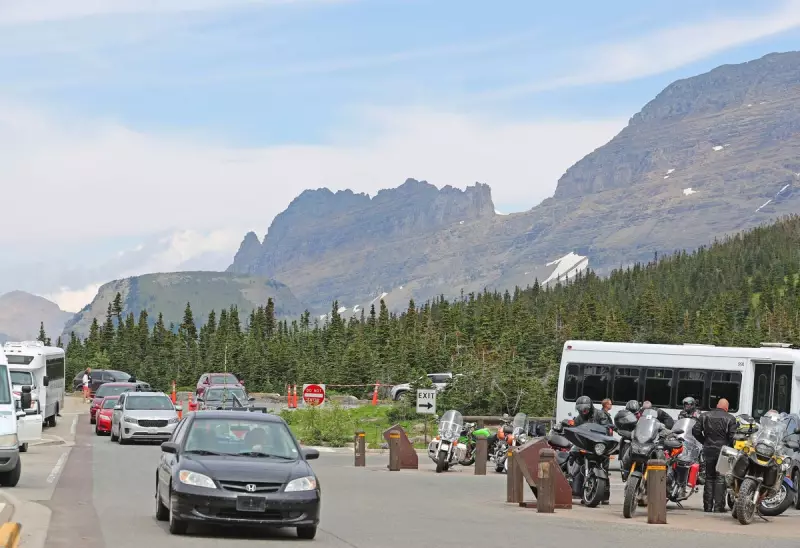
One of America's most breathtaking natural wonders is facing a severe threat from its own popularity, prompting a major travel guide to issue a stark warning to potential visitors.
The 'No Visit' Recommendation
Montana's Glacier National Park, renowned for its stunning glaciers and dramatic landscapes, has been placed on Fodor's controversial 'No List' for 2026. The prestigious travel guide publisher is actively discouraging tourists from visiting the park next year, citing critical issues stemming from overtourism.
The guide argues that the well-documented shrinking of the park's glaciers has triggered a surge in what experts call 'last-chance tourism'. This phenomenon, where visitors flock to see natural wonders before they disappear, is having devastating consequences. The park is now grappling with severe congestion, rapidly accumulating garbage, and an increased risk of disturbance to its native wildlife.
Environmental Strain and Visitor Impact
The situation is exacerbated by the park's unique vulnerability to climate change. Scientific data confirms that Glacier National Park is warming at twice the global average rate. Of the approximately 150 glaciers that existed there in the early 20th century, a mere 27 remain today.
Michael Jamison, Northern Rockies campaign director for the National Parks Conservation Association, commented on the trend. "No one has any meaningful data on the extent to which last-chance tourism is motivating travelers here," he stated, "but anecdotally, there's no doubt people are racing to see a glacier before they're gone."
Jamison highlighted a "staggering disconnect" between the public's desperation to witness these natural marvels and their apparent lack of concern over the environmental damage caused by visitor surges. Further problems identified by Fodor's include diminished air quality from increased carbon emissions and overcrowded trails, which complicate maintenance and emergency rescue operations.
A Call for Responsible Travel, Not a Boycott
Jeremy Tarr, Digital Editorial Director at Fodor's Travel, was quick to clarify that the 'No List' should not be interpreted as a call for a permanent boycott. "The No List is the rare travel list that encourages both desire and restraint in the same breath," Tarr explained. "It serves as a gentle but pointed nudge to ease up on a spot for now – not forever – and give a rest to any location that clearly needs a breather."
Glacier National Park is not alone in facing these challenges. It appears on the 2026 'No List' alongside seven other global destinations, including Antarctica, The Canary Islands, and Montmartre in Paris.
For travellers seeking inspiration, Fodor's has concurrently released its 'Go List' for 2026. US recommendations include Buncombe County in North Carolina, Coupeville in Washington, and Key West in Florida, among others. This list is designed to promote sustainable travel by redirecting tourist traffic to locations better equipped to handle it, thus aiding in the recovery of overburdened sites like Glacier National Park.





